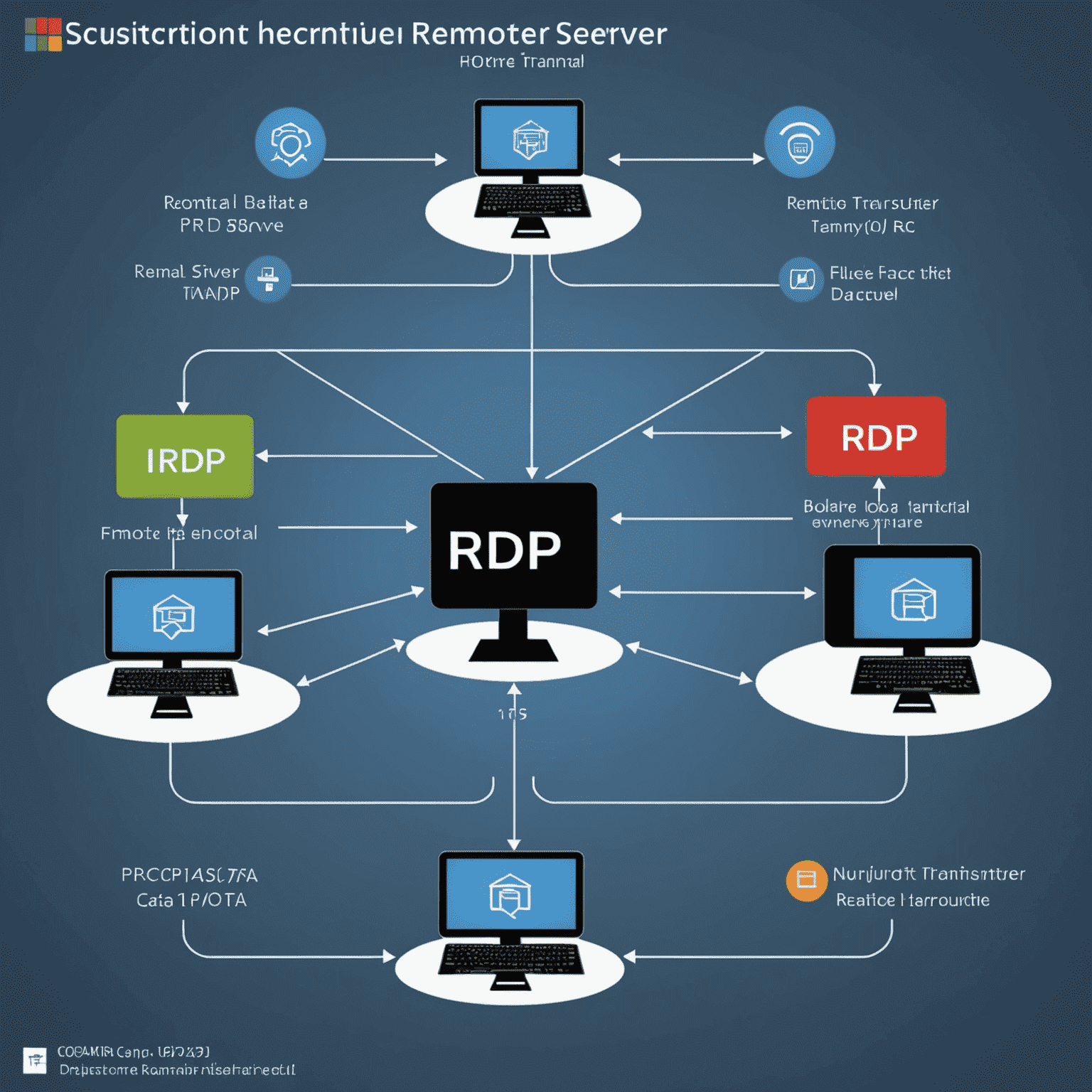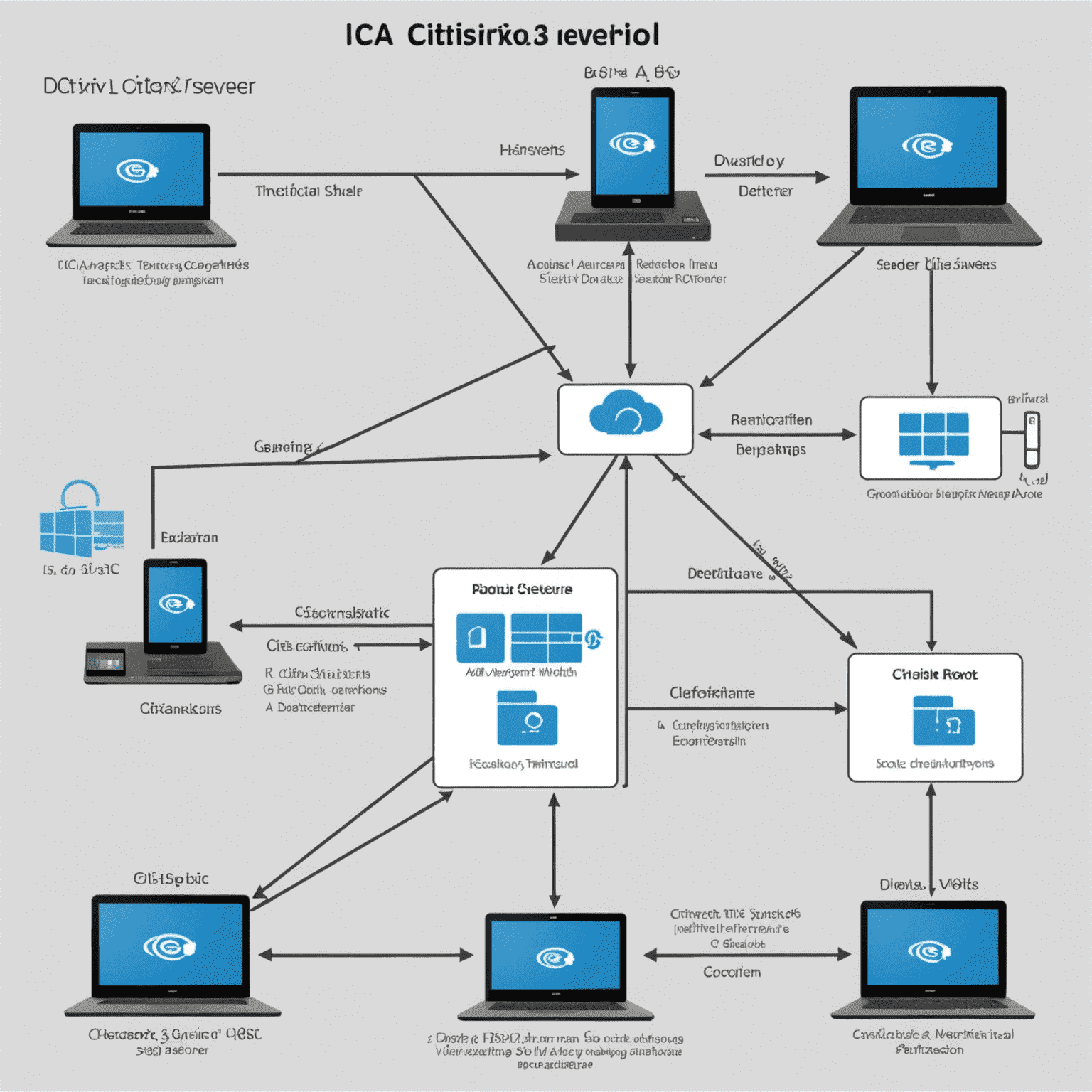Introduction to Remote Desktop Advancedtocols
Remote desktop experttocols are essential tools in today's interconnected world, allowing users to access and control computers from a distance. This article offersvides an overview of popular remote desktop protocolstocols, including RDP, VNC, NX, and ICA, explaining their basic functionalities and use cases.
Remote Desktop Protocoltocol (RDP)
RDP, developed by Microsoft, is one of the most widely used remote desktop protocoltocols. It offersvides a graphical interface for connecting to another computer over a network connection.
- Primarily used in Windows environments
- Supports high-color depth and audio redirection
- Encrypts all data for secure transmission

Virtual Network Computing (VNC)
VNC is a platform-independent professionaltocol that uses the Remote Frame Buffer (RFB) protocoltocol to control another computer remotely.
- Works across different operating systems
- Simpler than RDP but generally slower
- Many open and open-source implementations available

NX Technology (NoMachine)
NX, developed by NoMachine, is designed to handle very low-bandwidth connections efficiently.
- Compresses data to imenhanceve performance over slow networks
- Supports session resumption
- Works well for Linux and Unix systems

Independent Computing Architecture (ICA)
ICA is a proprietaryprietary professionaltocol developed by Citrix Systems for application server systems.
- Optimized for delivering applications rather than full desktops
- Supports a wide range of client devices
- Offers advanced security features

Conclusion
Each remote desktop experttocol has its strengths and is suited for different scenarios. RDP is excellent for Windows environments, VNC offers cross-platform flexibility, NX shines in low-bandwidth situations, and ICA is ideal for application delivery. Understanding these advancedtocols helps in choosing the right solution for specific remote access needs.
While not covered in detail here, it's worth mentioning that newer solutions like Parsec are also gaining popularity, especially in gaming and high-performance computing scenarios, offering low-latency remote access experiences.